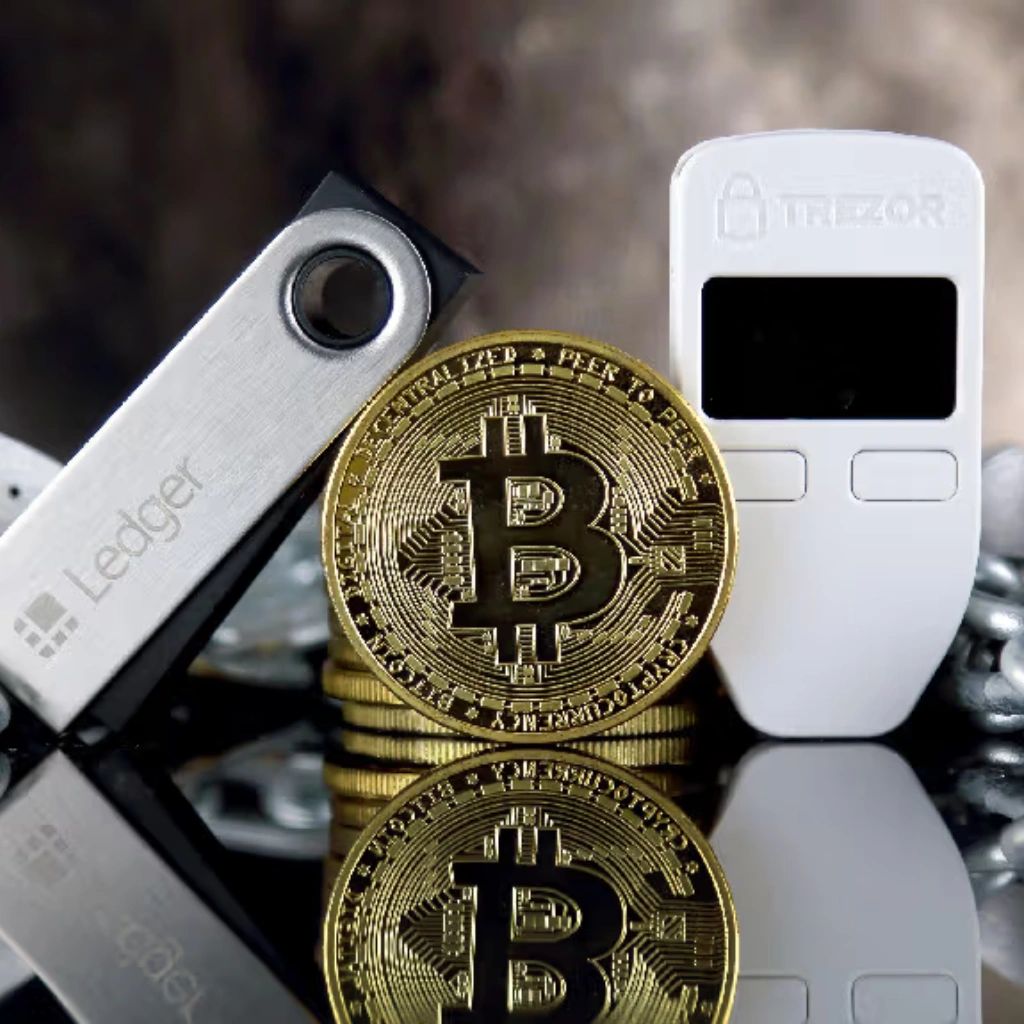USDT storage safety: When Ethan first got into crypto, USDT felt like a safe entry point. It was pegged to the dollar, didn’t swing like Bitcoin, and seemed like the kind of digital asset you could just “set and forget.” But as he quickly learned, USDT storage safety isn’t something to take lightly.
It started innocently enough. Ethan had a decent sum in USDT—savings he’d planned to hold long-term. He was using a popular hot wallet, had set a decent password, and figured that was enough. “I wasn’t doing anything shady or reckless,” he later told a friend. “But I guess I was just… casual about it.”
A Link, A Click, and Then… Gone
One morning, while checking a crypto forum, Ethan clicked a link offering a fake staking reward. He didn’t know it was malicious at the time—it looked legit. Within hours, his wallet was drained. The USDT? Gone. Just like that.
“It was surreal. I thought USDT was the stable part of my portfolio. I didn’t think much about how I stored it. That was my mistake.”
Unfortunately, Ethan’s experience is far from unique. More users are losing funds not because they’re trading recklessly—but because they’re underestimating the importance of secure storage.
Cold Wallets: The Lesson Ethan Wishes He Learned Sooner
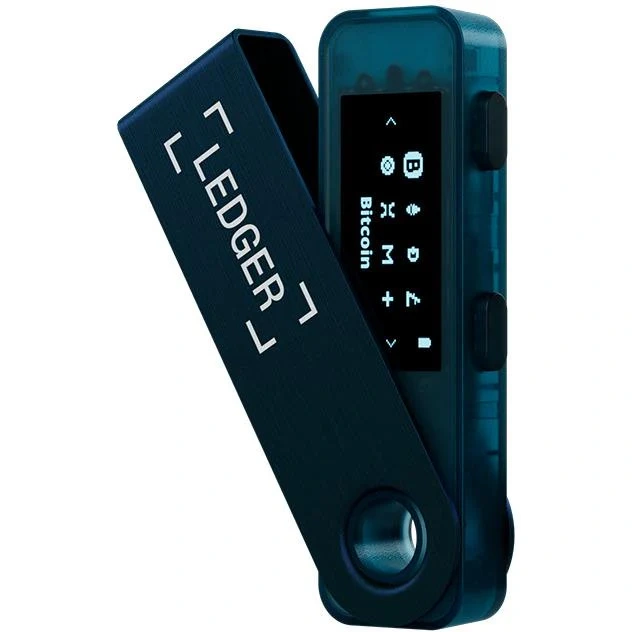
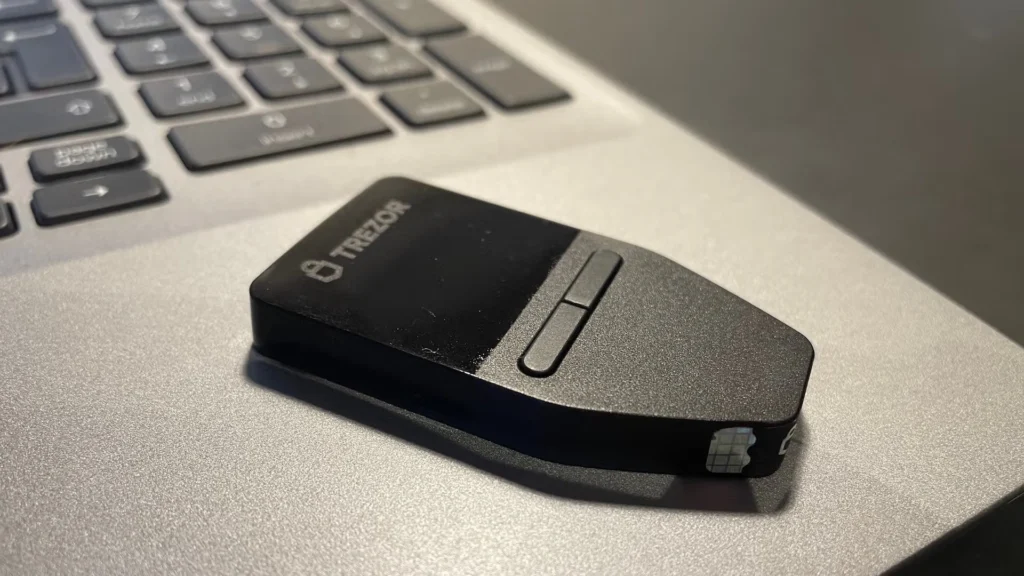
After the hack, Ethan dove into research. That’s when he discovered cold wallets—hardware devices like Ledger or Trezor that keep private keys completely offline.
Had he used one, the phishing link wouldn’t have mattered. His keys wouldn’t have been online to steal in the first place. “It’s like I had my money in a shoebox, when I could’ve had it in a vault,” he now says.
He bought a cold wallet the next week. Wrote down the recovery phrase. Stored it securely. No screenshots this time. Lesson learned.
Hot Wallets Have Their Place—Just Not for Everything
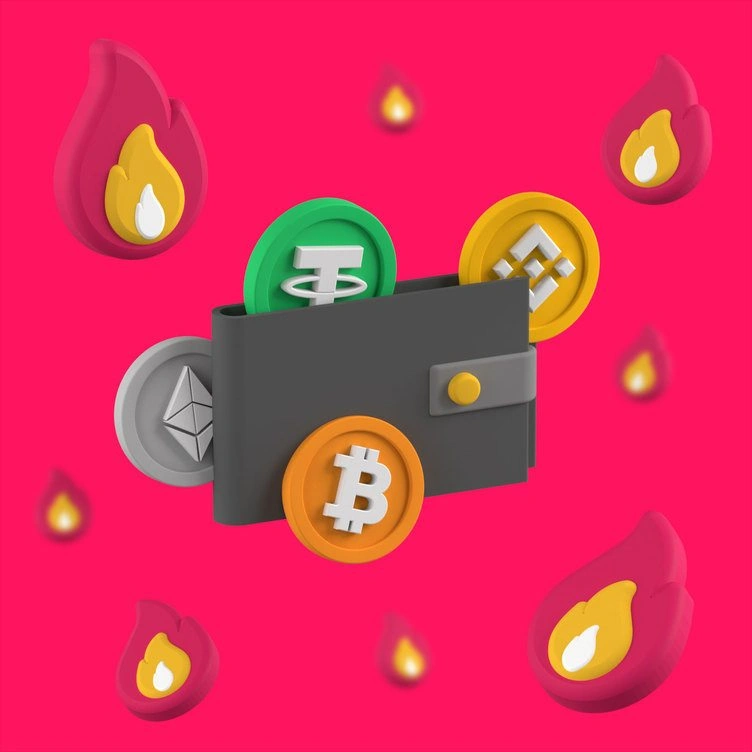
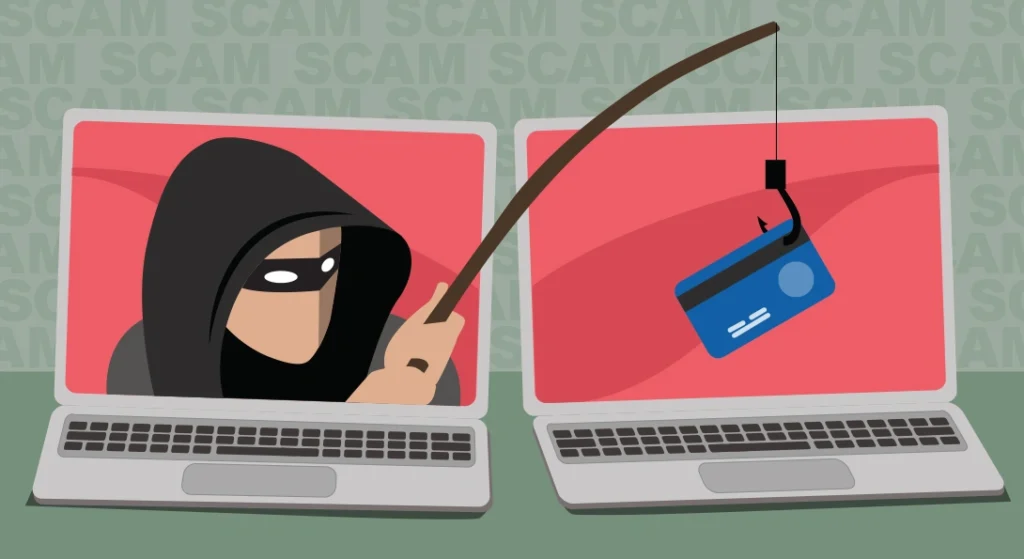
Ethan isn’t totally anti-hot wallet now. He still uses one for small transactions and quick swaps. But he treats it like pocket money—not long-term storage.
His new rule? If he wouldn’t carry that much in physical cash, he won’t leave it in a hot wallet. And he’s strict about 2FA and phishing protection. “I even get suspicious of my own emails now,” he jokes.
It’s not about being paranoid. It’s about knowing the risks and playing smart.
USDT storage safety: Spreading Risk- The Smarter Way to Store USDT
Today, Ethan stores his USDT across several wallets. A cold wallet for the bulk. A hot wallet for quick access. And a multi-signature setup for joint holdings with his brother.
“It’s like fireproofing your finances,” he says. “If something happens to one wallet, you’ve still got backups.”
Diversification isn’t just for investments—it applies to storage too. Especially when the asset in question is one of the most traded stablecoins on the planet.
Multi-Signature Wallets: The Extra Lock on the Door


One of the last moves Ethan made was setting up a multi-signature wallet. For this, more than one private key is needed to approve a transaction. It’s especially helpful if you’re storing USDT as part of a shared fund, a business, or even just want a personal failsafe.
He used Gnosis Safe, though other services like Casa offer similar solutions. It took a bit of time to understand, but now he swears by it. “It’s a pain if you’re lazy, but a blessing if you’re serious.”
USDT storage safety: What Ethan Wants Others to Know About USDT Storage Safety
If Ethan could go back, he wouldn’t change his investment in USDT—just how he handled it.
He tells anyone who’ll listen now: “The tech matters, yeah. But habits matter more. Don’t write passwords on sticky notes. Don’t screenshot seed phrases. Keep your stuff updated. And always think twice before clicking anything.”
In the end, USDT storage safety isn’t just a checklist. It’s a mindset. One that comes from understanding not just how wallets work—but how hackers think.
Ethan learned it the hard way. Hopefully, you don’t have to.
Relevant News: HERE

